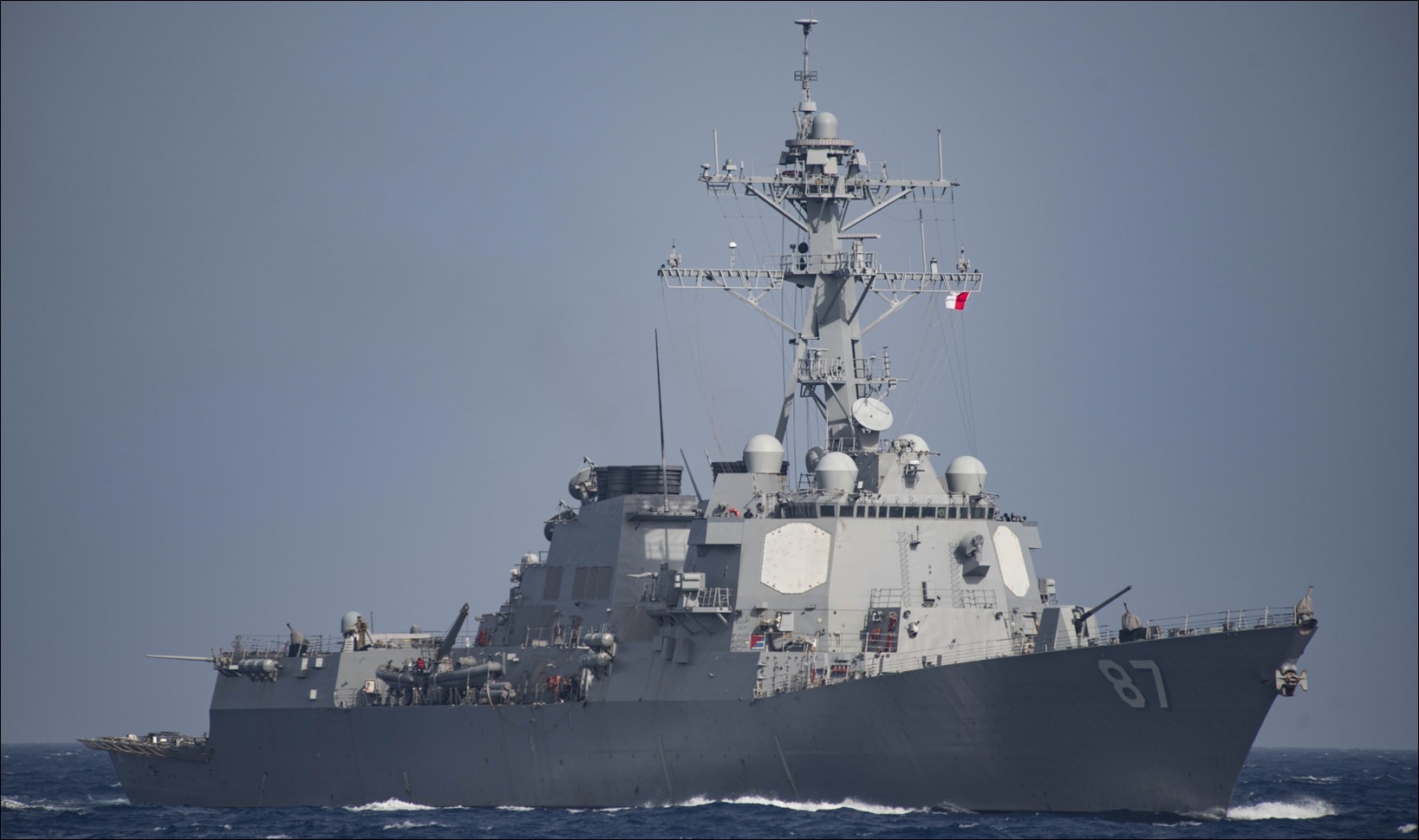Academy SITREP – U.S.-Led Coalition Launches Strikes on Multiple Houthi Targets in Yemen
January 11, 2024

What has Happened: A U.S.-led coalition launched more than a dozen strikes on Houthi rebel targets in Yemen late today. Targets in the strike included drone and missile launch sites used by the Houthis as well as radar installations. On Tuesday, the Houthis defied an ultimatum to halt their attacks on ships in the Red Sea and fired 21 missiles and drones (that were shot down by the U.S. Navy and a U.K. warship). In anticipation of a U.S. retaliatory response, Houthi forces moved some weapons and equipment into bunkers in the densely populated city of Sana’a. In addition, according ... Academy SITREP – U.S.-Led Coalition Launches Strikes on Multiple Houthi Targets in Yemen


